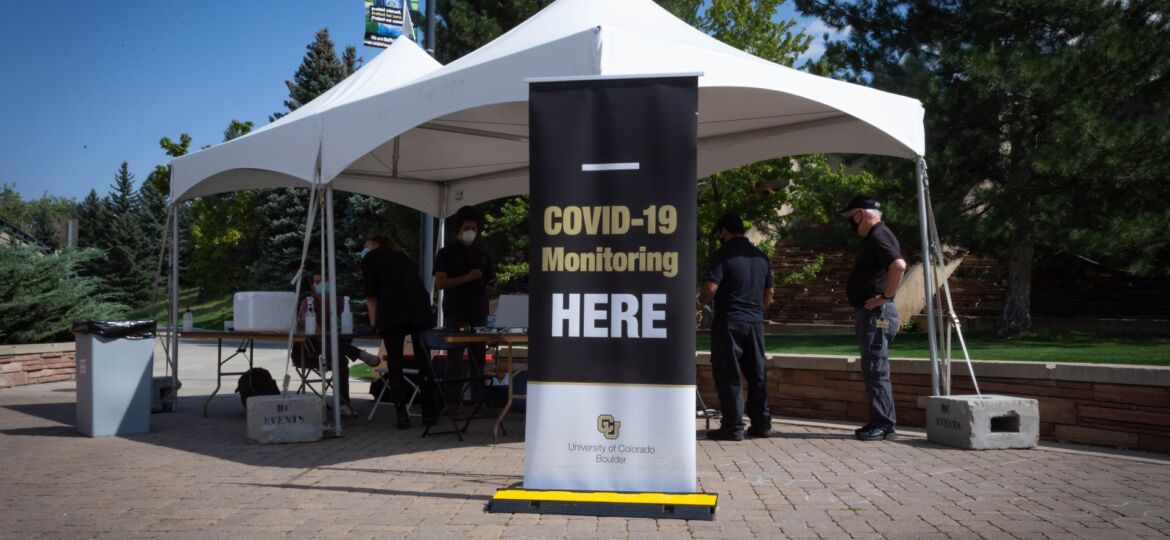
CU’s Rapid Testing Response
By: Amir Kalani
As the pandemic spread across the United States, many businesses and schools promptly began shutting down. However, Dr. Sara Sawyer and her research team at the University of Colorado Boulder began the largest workload they had ever faced. They were tasked with developing an efficient way to test and monitor more than 7,500 incoming students for COVID-19 in the fall. They were able to successfully achieve this task by developing CU’s very own monitoring test through saliva samples.
Sawyer is a virologist at CU Boulder. Sawyer has her own research lab, “The Sawyer Lab,” located on East Campus in the Jennie Smoly Caruthers Biotechnology Building (JSCBB). Sawyer leads a team of 13 people, consisting of staff scientists, post-doctoral fellows, graduate students and even an undergraduate. She was quickly able to recognize how to integrate an existing technology to test saliva samples for evidence of the SARS-CoV-2 virus.
The technology that allows the “spit test” to work is called Reverse Transcriptase Loop-Mediated Isothermal Amplification (RT-LAMP). Essentially, the saliva of the patient is heated up and a mixture is added to it that contains some proteins and recognition molecules. If there is viral RNA in the saliva, the recognition particle will bind and amplify that RNA. This will cause the spit solution to turn yellow if it is positive.
In contrast to the PCR test, which most testing facilities use, the PCR nasal swab test requires more resources, equipment and time to complete. RT-LAMP, on the other hand, is cheap and can return results in as little as 45 minutes. Beyond time, RT-LAMP has the benefit of being streamlined. This allows for many spit tests to be performed each day, a great way to check for asymptomatic cases of the virus.
Qing Yang, a PhD candidate in the Molecular and Cellular Developmental Biology department has been working under Sawyer in her lab for the last three years. Yang was able to provide more insight into how the test was developed and what it was like during the summer months.
“It was crazy from mid-May until freshman move in week, trying to make sure the test was ready to go,”said Yang.
The Sawyer Lab did run into an obstacle along the way. The supplier of the key component of the RT-LAMP test had quality control issues, causing the tests to return false positives. Qing said that this was a huge setback right before move-in week, so they had to use a third antigen test along with the RT-LAMP and PCR test to be sure.
“Once we got it, though, it was awesome. We are working on publishing the paper for it now,” said Yang about their ability to license the test to Colorado Mesa University and Colorado Western University for their COVID-19 departments to use as well.
The spit test has been one of the key weapons in CU’s COVID-19arsenal that has allowed for adaptation to college-life. Without the Sawyer Lab taking quick action, it is doubtful that level of testing could have been maintained.
“She [Dr. Sawyer] is the type of person who will actually engage with the policy makers. She does an amazing job at communicating science beyond her field,” said Yang. This allowed for the quick approval of her lab’s test and for CU to take on the high demand of COVID-19 testing.

